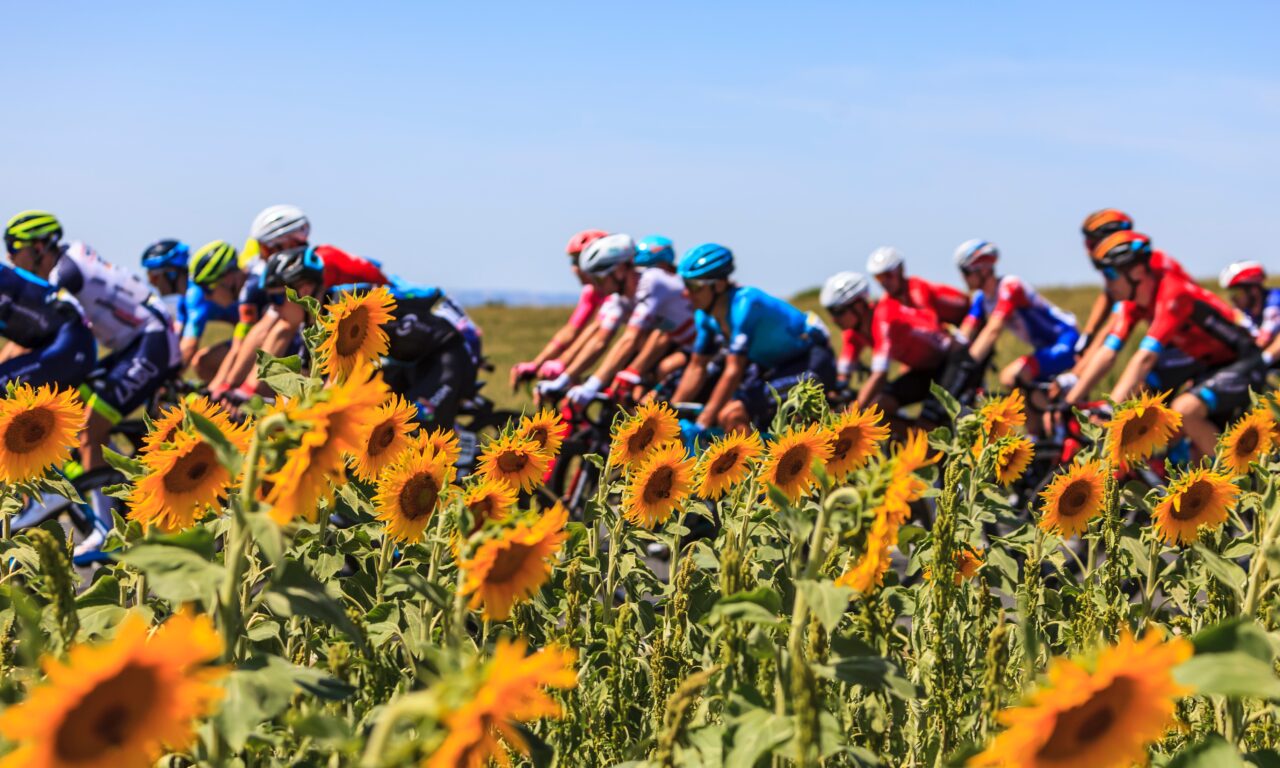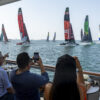Can the Tour de France keep up with its own price tag?

With 23 teams and 38 official backers, the Tour de France might appear financially secure. Indeed, money has been pumped into the sport from the Middle East and big European companies over the last ten years. Yet behind the €600 million-plus collective budget lies a stark reality: 15 of the 23 squads are scrambling to secure new title sponsors for seven-figure deals. High-profile departures (Deceuninck from Alpecin‑Deceuninck), mergers (Intermarché‑Wanty with Lotto) and closures (Arkéa‑B&B Hotels) underscore a competition desperately in need of more democratically distributed sponsorship opportunities.
Over the past 15 years, cycling’s financial stakes have exploded. UAE‑Team Emirates reportedly operates on about €55 million annually, an aspirational floor that mid‑rank outfits struggle to approach. “It shouldn’t be possible that in one year 15 teams are looking to increase their budget,” warns Cofidis manager Cédric Vasseur. As bigger budgets fuel higher rider salaries, less‑resourced teams risk losing their competitive footing or collapsing entirely.





